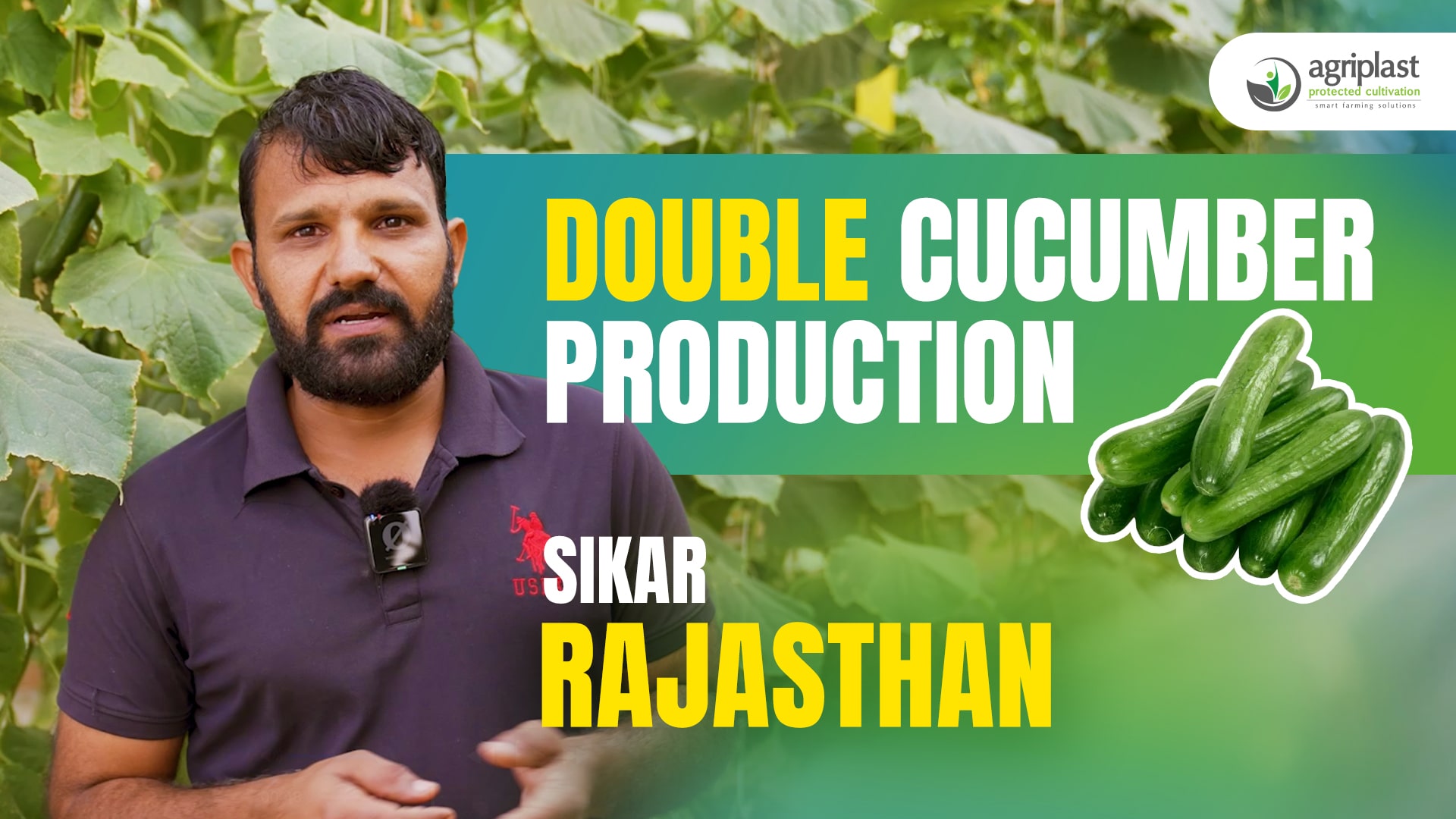How Greenhouses Work and Their Importance in Agriculture
Greenhouses are enclosed structures that allow farmers to grow various plants regardless of the prevailing environmental conditions. They provide an ideal environment for growing plants by controlling temperature, humidity, light, and other factors.
Greenhouses are becoming increasingly popular as they allow farmers to extend their growing season and increase crop yields. In this article, we will discuss how greenhouses work and their importance in agriculture.

1. The Greenhouse Effect
The greenhouse effect is the process by which the greenhouse traps heat and maintains a warmer environment than the outside. It occurs because the glass or plastic material used to construct the greenhouse allows sunlight to pass through the walls and roof.
The sunlight is absorbed by the plants and soil inside the greenhouse, which then radiates the heat back out into the air. However, the greenhouse walls and roof trap the heat, preventing it from escaping, thus creating a warmer environment for the plants.
2. Controlling Temperature
Maintaining a consistent temperature is one of the most critical factors in successful greenhouse gardening. Greenhouses use various temperature control methods, including heating and cooling systems.
Heating systems can be electric, gas, or propane, and they work by increasing the temperature inside the greenhouse. On the other hand, cooling systems work by removing heat from the greenhouse. These systems can include fans, evaporative coolers, and shade cloths.
3. Controlling Humidity
Humidity levels in a greenhouse are also essential in maintaining plant health. High humidity levels can cause mold and mildew growth, while low humidity can cause dehydration and wilting.
To maintain optimal humidity levels, greenhouses use ventilation systems to circulate air, and misting systems to increase humidity. Ventilation systems also help to prevent the buildup of harmful gases such as carbon dioxide, which can be detrimental to plant growth.
4. Controlling Light
Plants need light to grow, and greenhouses provide a controlled environment where light can be adjusted to meet the needs of various plants. The amount of sunlight that enters the greenhouse can be adjusted by using shade cloths or by applying a shading compound to the exterior of the greenhouse.
Additionally, some greenhouses use artificial lighting to supplement natural light, such as during winter when daylight hours are shorter.
Benefits of Greenhouses
Greenhouses offer numerous benefits to farmers, including extending the growing season, increasing crop yields, and protecting crops from environmental factors such as pests, diseases, and extreme weather conditions.
Greenhouses also allow farmers to grow crops that are not native to their region, thus increasing the variety of produce available. Additionally, greenhouses can help reduce water usage by recycling water and reducing runoff, making them an environmentally friendly option for agriculture.
The Future of Greenhouse Technology in Agriculture
Advancements in greenhouse technology are continuing to shape the future of agriculture. New materials, such as high-tech plastics and films, are being developed to improve energy efficiency and reduce costs.
Additionally, vertical farming - which involves stacking crops on top of each other in a greenhouse - is becoming increasingly popular, allowing for even more efficient use of space and resources.
The future of agriculture may rely heavily on greenhouses and other controlled environment systems to meet the growing demand for food while minimizing the environmental impact.
Conclusion
Greenhouses provide an ideal environment for growing plants by controlling temperature, humidity, light, and other factors. They offer numerous benefits to farmers, including extending the growing season, increasing crop yields, and protecting crops from environmental factors such as pests, diseases, and extreme weather conditions.
Greenhouses also allow farmers to grow crops that are not native to their region, thus increasing the variety of produce available. As such, greenhouses are becoming increasingly popular in agriculture and are an essential tool for farmers looking to increase their crop production and profitability.
If you're considering greenhouse farming, choose Agriplast Protected Cultivation, India's largest greenhouse factory, for your greenhouse needs. Contact us today to learn more about our greenhouse solutions and how we can help you take your farming to the next level.






















